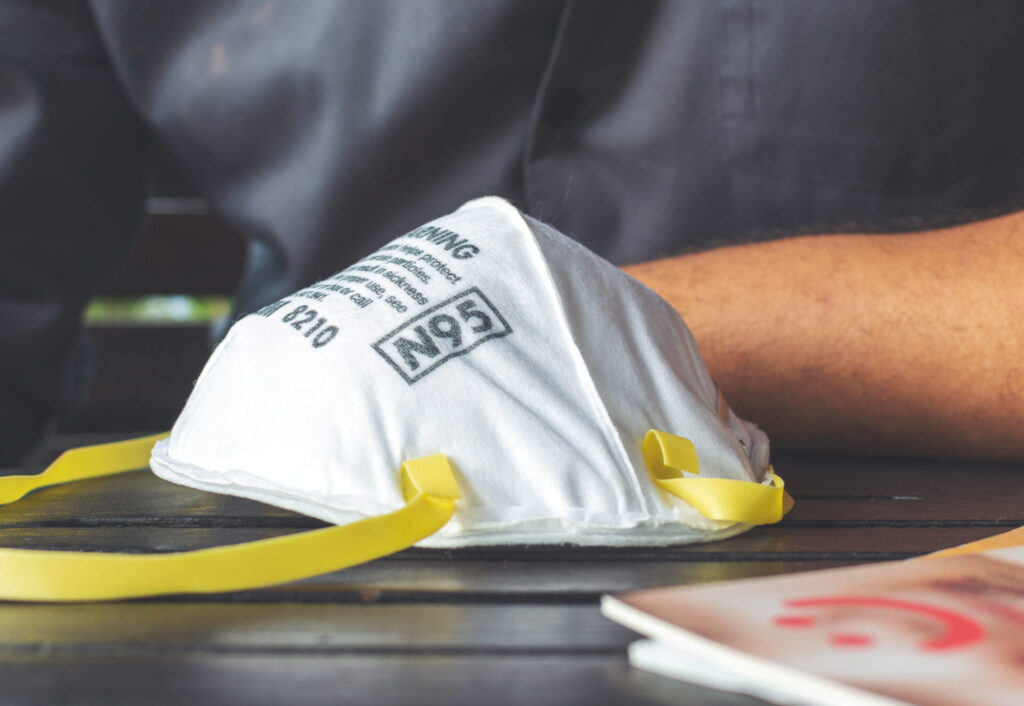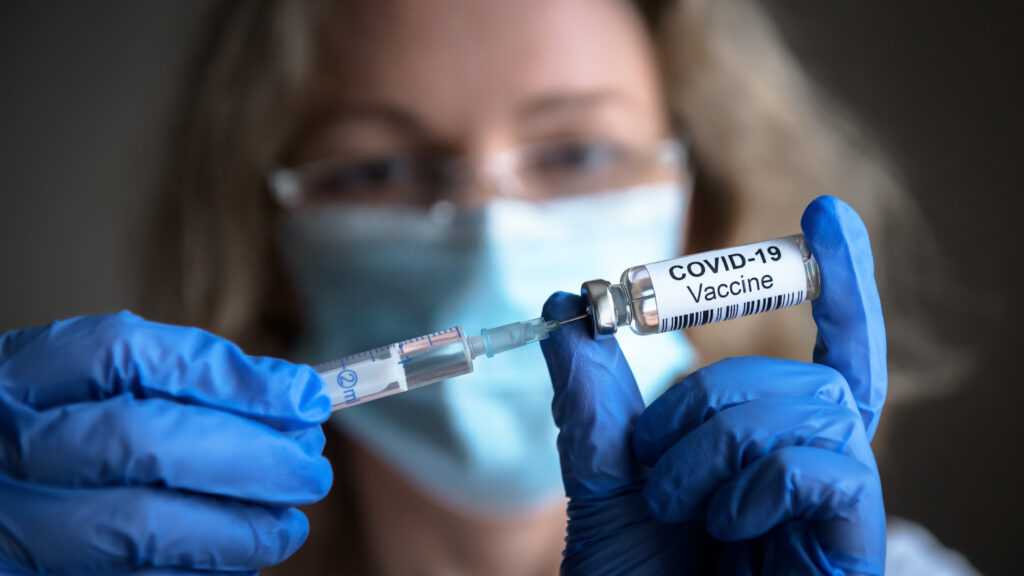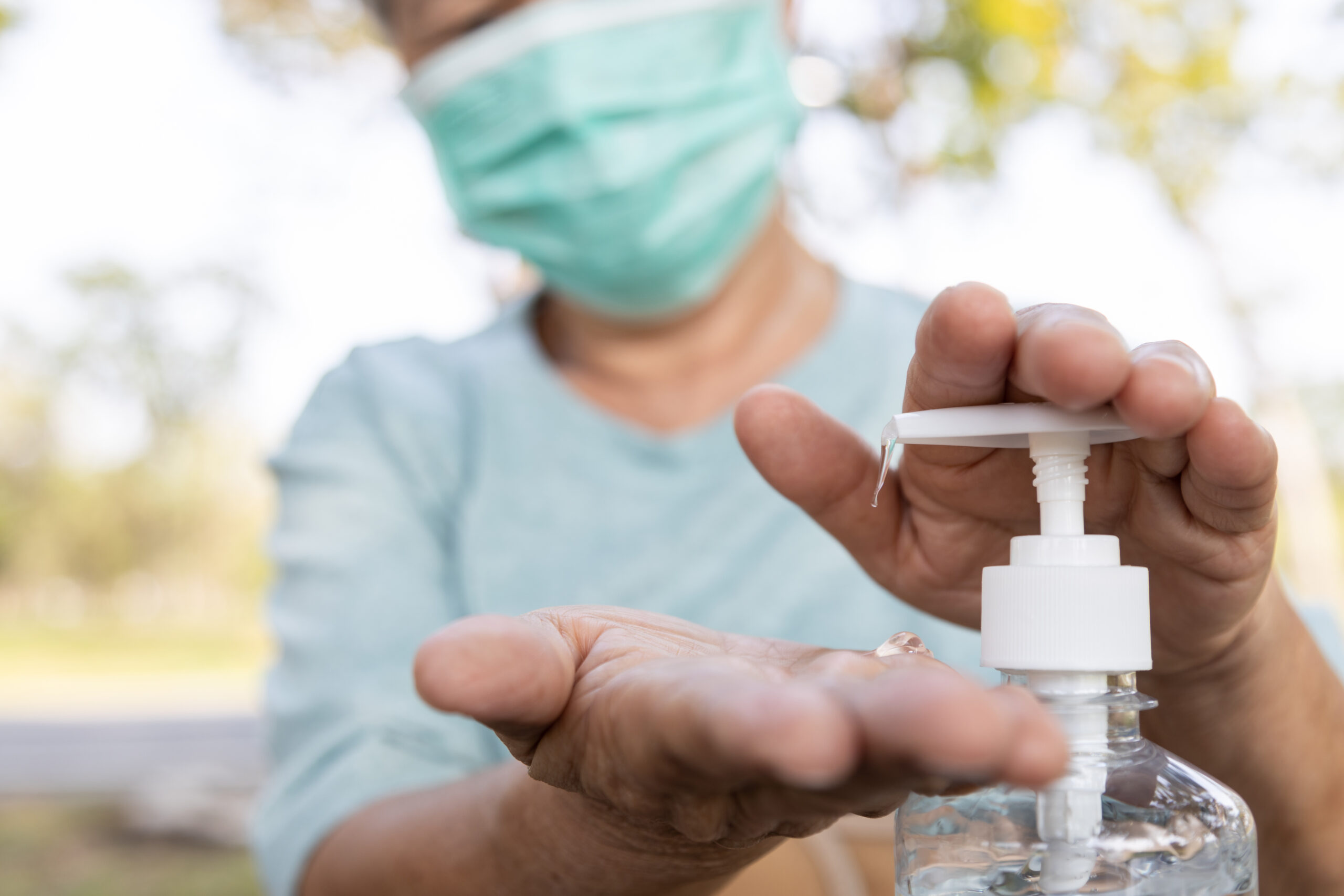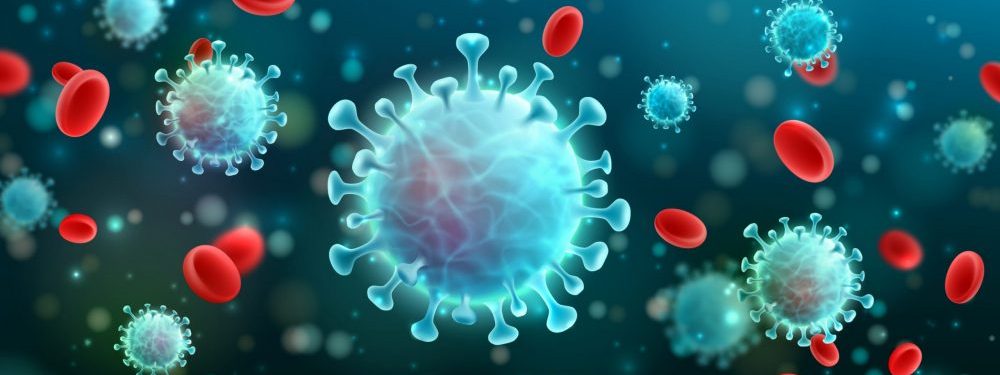Now live! RTHM Direct – simplified medication access for Long COVID, ME/CFS and related conditions. Check it out
As we navigate through the current surge of COVID-19 cases, each of us must understand the gravity of the situation. The virus not only poses an immediate threat to our health but also carries the risk of long-term complications, commonly referred to as “Long COVID.” These lingering effects can be debilitating, affecting our physical health, mental well-being, and overall quality of life. By taking preventive measures and learning how to reduce the risk of COVID-19, we not only protect ourselves but also contribute to the broader effort to curb the spread of the virus.
In addition to COVID-19, this time of year also sees an increase in Respiratory Syncytial Virus (RSV) and influenza, or the flu. Both viruses have significant health impacts, especially during their respective peak seasons, and preventive measures like we highlight here for COVID-19 risk reduction will help reduce the risk of these conditions as well.
Let’s dive in!
What Can You Do to Prevent COVID-19, RSV, and the Flu?
Prevention is our strongest weapon against COVID-19, RSV, and the flu. By adopting a combination of physical, behavioral, and medical measures, we can significantly reduce our risk of infection. These strategies are not just about individual protection; they are about community safety, ensuring that we all play our part in stopping the spread.
Behavioral Measures
Social Distancing
Small particles that people breathe out can contain virus particles. The closer you are to more people, the higher the risk of exposure. Avoid crowded areas and maintain a safe distance from others, especially in indoor settings. This not only reduces your risk but also protects those who are at a higher risk of severe illness from COVID-19, RSV, and the flu.
Handwashing
Hands often come into contact with surfaces that may be contaminated with the virus. Regular handwashing can prevent the transfer of the virus from your hands to your face. Wash hands frequently with soap and water for at least 20 seconds, especially after being in a public place, or after coughing or sneezing. If soap and water are not available, use hand sanitizer with at least 60% alcohol.
Limit Touching Your Face
The virus can enter your body through your eyes, nose, and mouth. Because these mucus membranes are a major portal of entry for the SARS-CoV-2 virus and other germs, limiting facial touching is essential. According to a 2015 study, people touch their faces more than 20 times an hour on average, making viral transmission very likely. Be mindful of your actions and try to avoid touching your face, especially with unwashed hands.
Stay Informed
The situation and guidelines related to COVID-19 are continually evolving. Staying informed ensures that you are aware of the latest recommendations and precautions. Regularly check updates from reputable sources like here at RTHM, as well as the CDC and WHO.
Physical Measures to Reduce Your COVID Risk
Masks
Masks primarily serve two key purposes in the context of COVID-19:
- Source Control – Masks are primarily intended to reduce the emission of virus-laden droplets from the wearer (who might be infected but asymptomatic) into the environment, where they can infect others. This is especially important because people who are pre-symptomatic can still transmit the virus to others.
- Protection for the Wearer – Masks also provide a certain level of protection for the wearer, reducing the risk of inhaling virus-laden droplets.

One thing to keep in mind is that not all masks are created equal and, in order to get the full effectiveness, the mask must also fit correctly. While surgical or cloth masks can help prevent the spread of viruses from someone already infected as well as protect you from large droplets, they are not as effective as N95 masks or other respirators. To learn more about specific masks and their levels of protection, watch these videos from Dr. Jennifer Curtin’s videos on types of masks and ensuring proper mask fit.
Eye Protection
Several studies have found that people who wear glasses are at a lower risk of catching COVID-19. If you already wear glasses for your vision, or to block blue light, etc. – that’s great! For those who don’t, there are plenty of inexpensive blue light-blocking glasses or even just clear glasses designed for fashion that don’t have a prescription that you can wear.
Study – Eyeglasses Reduce Risk of COVID-19 Infection
Air Purifiers
Air purifiers can help with the spread of COVID-19, but they are not a standalone solution. Air purifiers can help reduce airborne contaminants, including viruses, in a home or confined space. However, by itself, a portable air cleaner is not enough to protect people from COVID-19. When used along with other best practices, operating an air purifier can be part of a plan to protect yourself and your family.
Factors to consider when choosing an air purifier:
- Filter type
- Smallest particulate size filtered
- Filter life
- Room size the unit is rated for
- CADR
- Noise level
- Cost (of the purifier + filters)
- Warranty & return policy
- Certifications, testing
- Reviews & ratings
- Does it have an ionizer?
- Does it release ozone?
However, it’s important to note that air purifiers can’t prevent some droplets from landing on surfaces, where they can live for hours or even days. So, regular cleaning and sanitizing of surfaces is also necessary. For a more in-depth discussion on air purifiers, watch Dr. Jennifer Curtin’s presentation HERE.
CO2 Monitors
When CO2 in a room or building is too high, it may mean the ventilation is not particularly good (and that there could be more infectious particles in the air in that area because they are not getting cleared). CO2 monitors are useful if you have to take your mask off for some event indoors, or you are not sure your mask seals well and are going indoors or are in a crowded outdoor area. This site provides air quality levels to businesses in your area with active monitors. If the levels are too high, you may want to keep your mask on. Recommended levels to minimize the spread of viruses are ideally under 800ppm CO2.
Medical and Treatment Intervention
Vaccination
Vaccines have proven to be effective in preventing severe illness, hospitalization, and death from COVID-19. Some studies also report as much as a 15 percent reduction in the risk of Long COVID for those who are vaccinated. If eligible, get vaccinated and encourage others to do the same. Also, stay updated on booster shots or additional doses as recommended by health authorities.

COVID-19 vaccines reduce the risk of SARS-CoC-2 reinfection and hospitalization: Meta-analysis
Lots of caveats, but vaccinated individuals who have previously had COVID-19 have a 50% lower chance of re-infection with COVID-19 in a meta-analysis. That said, there is data that the vaccine can worsen Long COVID and ME/CFS symptoms for a significant portion of patients, so for the specific audience of Long Haulers, vaccination should be discussed with your healthcare provider regarding your individual situation. To learn more, listen to Dr. Jennifer Curtin here in her discussion on How to Prevent COVID Reinfection in a World That Doesn’t Understand Long COVID.
Vaccinations are a powerful tool in preventing COVID, RSV, and flu. The best way to prevent Long COVID is to not get COVID in the first place. You can find COVID-19 vaccines HERE (Novavax reduces risk of symptomatic infection by 48-55% at 4 mos from the shot, reduces risk of getting COVID at all by 41% for first 2 mos, then 28% by month 4). Find flu shots HERE (efficacy varies by flu strains each year). Find RSV shots HERE (age 60+ & women who are 32-36 weeks pregnant).
Immune System Support
Your immune system is the best thing to help fight a COVID-19 infection or reinfection. But if you have already had COVID-19, your immune system may not be functioning as it should. Helping to support your immune system the best you can allows it to better fight infections, such as the flue and RSV. Some ways to help boost your immune system can include:
- Checking your vitamin D levels and taking it supplementally if necessary
- Taking a regular multivitamin in order to ensure your immune system is getting all the necessary nutrients
- Eating a diet full of fruits and vegetables as tolerated
- Improving the quality and duration of sleep
- Reducing stress and implementing pacing in your daily activity
Taking a BLIS K12 Probiotic
Streptococcus salivarius K12 (S. salivarius K12) is a probiotic strain of bacteria naturally found in your mouth and respiratory tract. It is known for its potential health benefits, particularly in the area of oral and respiratory health. Research has suggested that S. salivarius K12 may help reduce the risk of COVID-19 infection by modifying the immune response and the microbiota (the natural bacteria and viruses found within a specific area) of the upper respiratory tract (mouth, nose, throat, etc.).
The mechanism by which S. salivarius K12 could reduce the risk of COVID-19 is thought to be through the production of bacteriocins, or proteins, which can inhibit the growth of harmful bacteria, and by competing with pathogens for adhesion sites in the oral and respiratory mucosa. This competition for a place to attach to may help to prevent the multiplication of the SARS-CoV-2 virus within the respiratory tract.
Clinical studies have indicated that the administration of S. salivarius K12 to children might reduce the rate of SARS-CoV-2 infection, as well as other infections. In a clinical trial in school children, none of the children who received S. salivarius K12 lozenges daily for 90 days tested positive for SARS-CoV-2, whereas 37.5% of the children at the same school who received a placebo tested positive for SARS-CoV2. This data suggests a protective effect of S. salivarius K12 against infection with the SARS-CoV2 virus.
Additional studies show the benefits against respiratory tract infections in children, a reduction in symptoms and mortality in hospitalized COVID-19 patients, and reduced incidence of respiratory infections in frontline healthcare workers.
RTHM offers a COVID-19 Infection Risk Reduction Protocol that contains nasal sprays, oral rinses, and probiotic products through FullScript and delivered right to your door. Click here to visit Fullscript.
Regular COVID-19 Testing
Regular testing, especially if exposed or showing symptoms, can help in early detection and isolation, preventing the spread. If you suspect exposure or experience symptoms, get tested immediately. Also, consider regular testing if you are in a high-risk area or profession.
Arranging COVID Testing from Home
The following links allow you to have tests delivered or have someone come to your home for testing.
Home service that will send someone to come test you (and the entire household if needed) for COVID-19
The FDA reports that at-home COVID-19 antigen tests are generally expected to detect the SARS-CoV-2 virus at least 80% of the time when someone is infected. If you test negative but are still experiencing symptoms, continue to test while experiencing symptoms or visit urgent care for a PCR test.
PLEASE NOTE: Some people take a long time to test positive, or they never do, so act/treat yourself as if you have COVID-19 if you had a known or suspected exposure and you have symptoms, regardless of whether your test is positive.
The More Prevention the More You Reduce Your COVID Risk
As a concerned person, you see most people acting as if COVID is over. You know it’s not. So we’ve updated our guide to protect you. The more of these precautions you can layer on, the safer you will be without having to sacrifice your social life.
Now that you have your prevention strategy in place, the next step is to create a COVID, RSV, and flu Infection Preparedness Kit. Click HERE to learn more!
You can also download our printable checklists for both Risk Reduction and COVID Preparedness to ensure you are armed with the tools you need to prepare and reduce your risk of COVID and Long COVID.
Stay safe and if you do happen to get COVID, we’ve got you covered with our guide to minimize your chance of getting Long COVID.
For more information on specific products and in-depth information covered here, join the RTHM community and watch Dr. Jennifer Curtin’s presentation on How to Prevent COVID Reinfection in a World That Doesn’t Understand Long COVID.

Get updates
Join our mailing list



